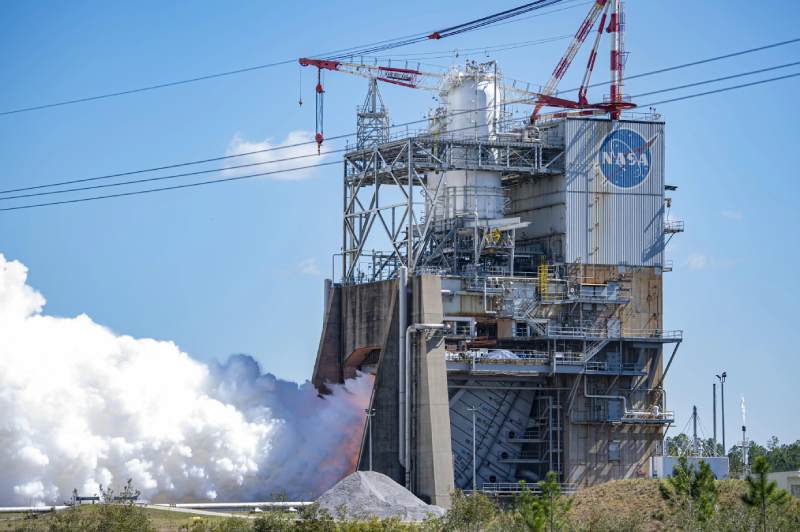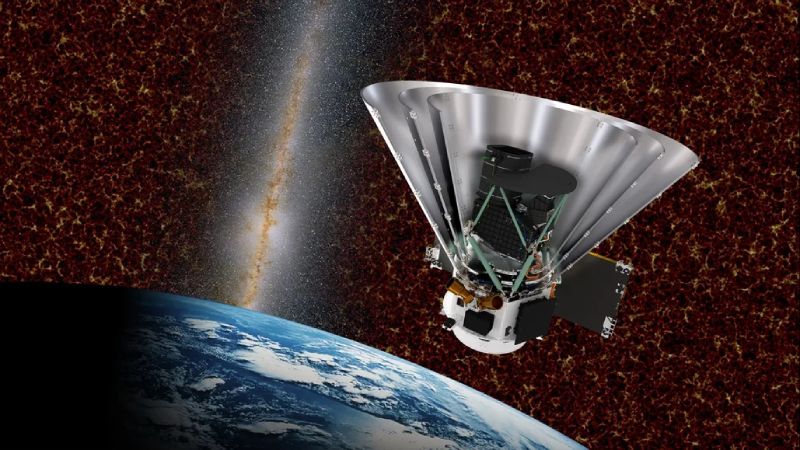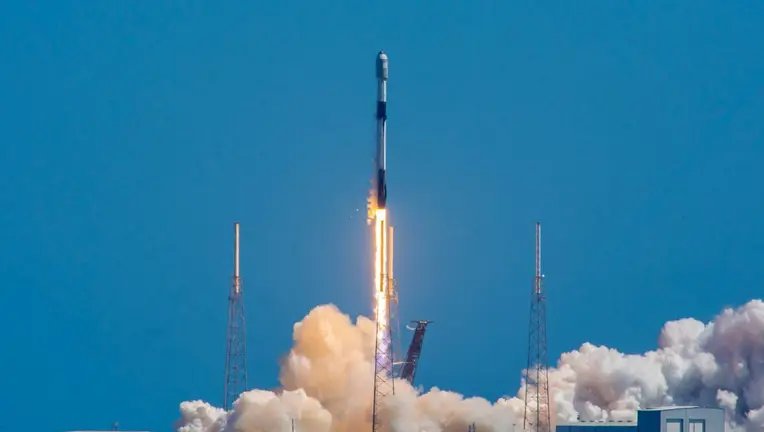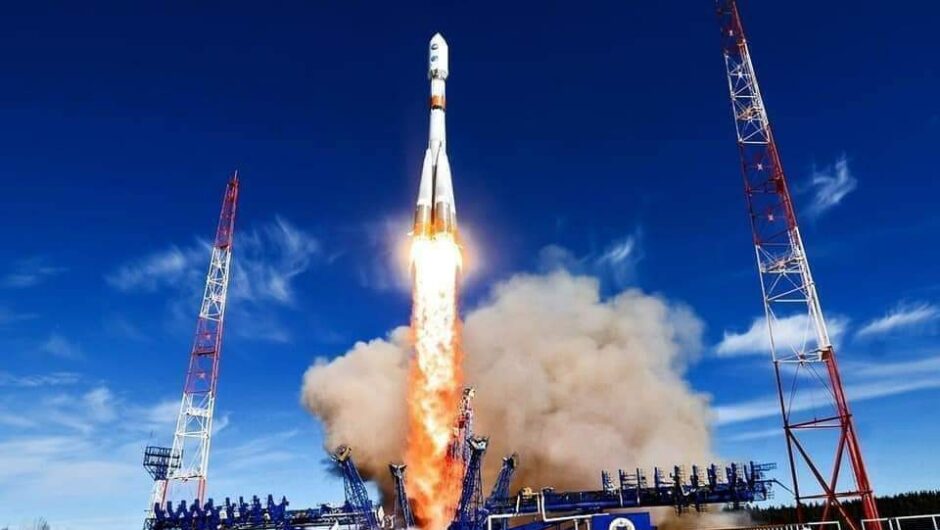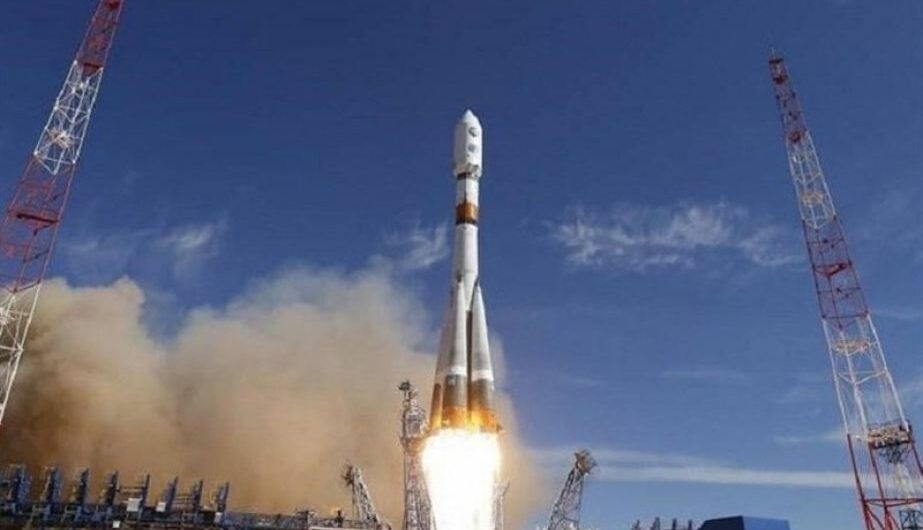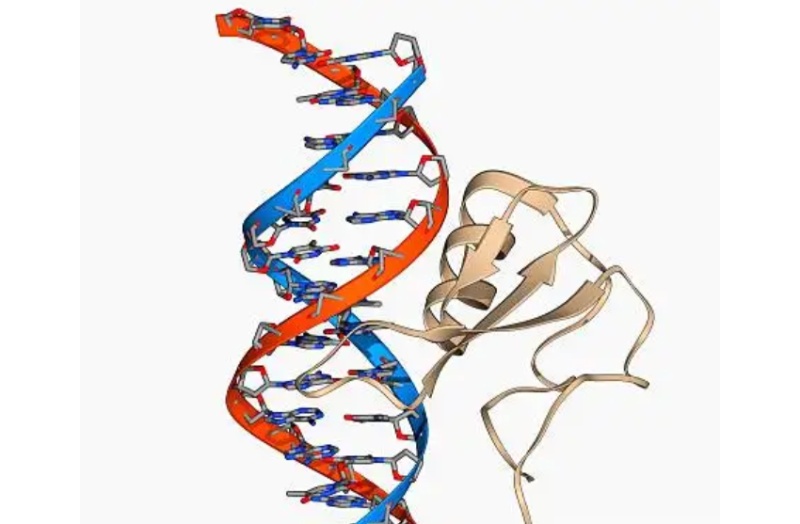On March 6, NASA carried out a full-length RS-25 engine hot fire as part of the last round of certification testing for the creation of new engines that will assist in powering the SLS (Space Launch System) rocket on upcoming Artemis missions to the Moon and beyond. The ninth of a planned 12-test series was conducted, with the full-duration test conducted on the Fred Haise Test Stand at NASA’s Stennis Space Center close to Bay St. Louis, Mississippi.
For lead engines contractor Aerojet Rocketdyne, an L3Harris Technologies company, engineers are gathering test data to validate an updated engine production process that uses innovative manufacturing techniques. Operators fired the certification engine for 10 minutes (600 seconds) on March 6, which is longer than the time required to assist in launching the SLS rocket and putting astronauts aboard the Orion spacecraft into orbit.
In order to evaluate performance under various conditions, the test team also ran the engine at power levels ranging from 80% to 113%. NASA’s powerful SLS rocket is launched by four RS-25 engines and two solid rocket boosters, generating over 8.8 million pounds of thrust at liftoff for the Artemis missions.
For the collective benefit of all, NASA will use Artemis to lay the groundwork for long-term scientific exploration at the Moon, land the first astronaut of color, woman, and international partner on the lunar surface, and get ready for human missions to Mars. NASA’s RS-25 testing program A multidisciplinary team of operators from NASA, Aerojet Rocketdyne, and Syncom Space Services—the prime contractor for site facilities and operations—manage the Stannis.
Topics #Aerojet Rocketdyne #Artemis Missions #NASA #RS-25 engines #SLS Rocket #space
